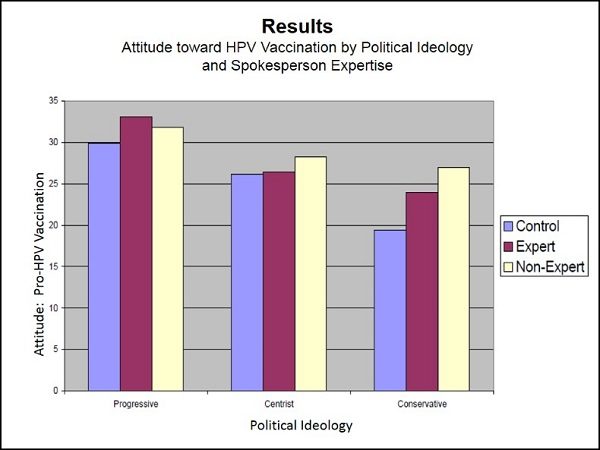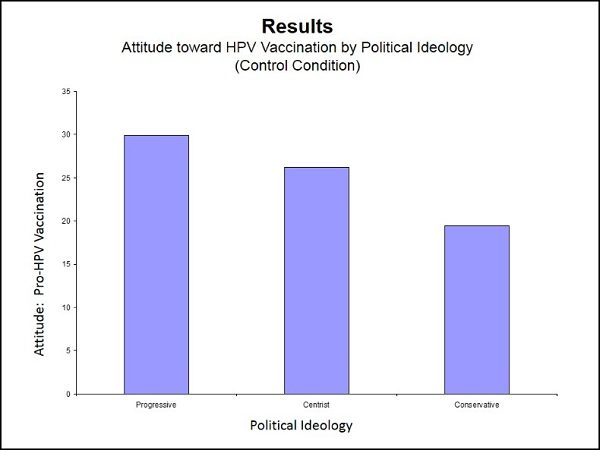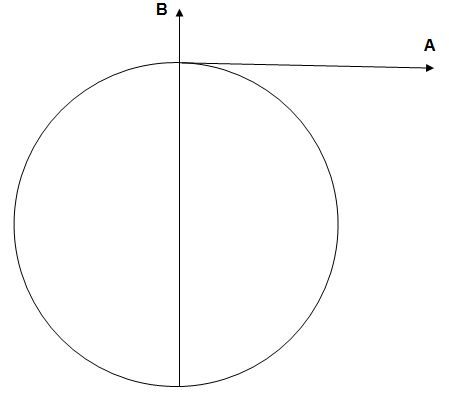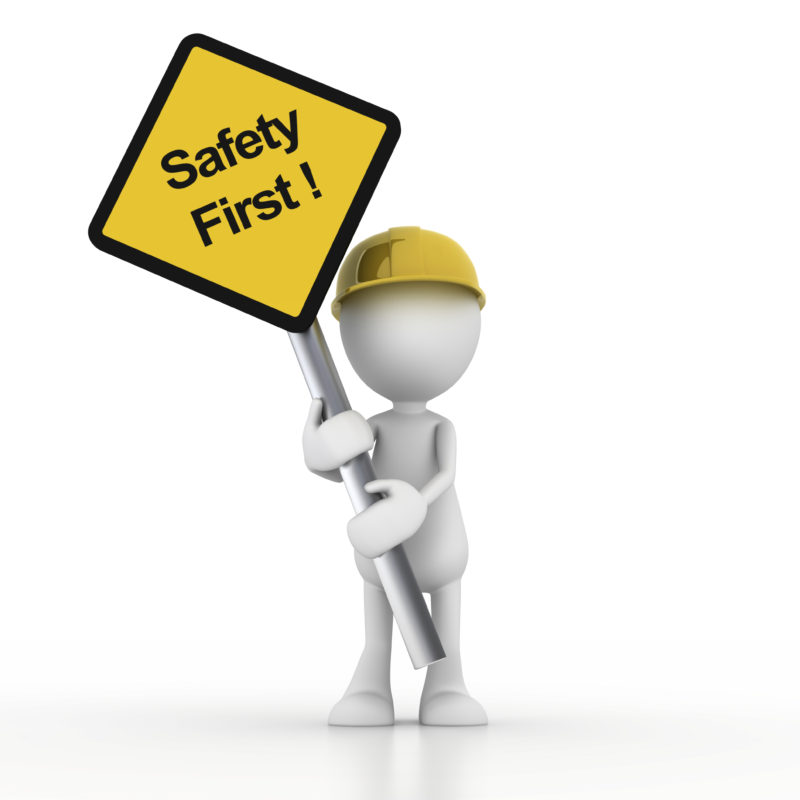The way even the most complicated software works is a bit at a time. Or a byte. Programs are made up of sequences of routines, which are made up of sub-routines, and the finished programs join them all together.
My son taught himself to play the impossibly fast passages in Mozart’s Clarinet Quintet by breaking the hard parts down into small groups of three or four notes, and practicing the small groups until they were mastered. This is not dissimilar to the routines and sub-routines found in programming. He joined the groups of notes together, slowly, until they could be played more quickly. Eventually he joined all the groups together into an astonishing performance.
He learned this technique of training his Auto Pilot with the help of a succession of inspired music teachers. Some of them called it, “Building muscle memory.”
Actually, I have heard this “muscle memory” explanation a lot, and it bothers me. Last I heard, muscles don’t have memories, but they are controlled by something that does—the brain.
I think there may be an unconscious urge to shy away from thinking about the things the brain may be doing that we are not aware of. (Maybe the Auto Pilot wants to stay hidden?) I hear other aspects of Auto Pilot behavior chalked up to simply being habits, as if a habit is not something our brain learns to do while we are not consciously trying to learn anything.
The part and/or function of the brain I call the Auto Pilot (and that T.D. Wilson, in Strangers to Ourselves, calls “the adaptive unconscious”) is observing and learning constantly, and using what it learns to predict what will happen next so that it can direct our bodies to take appropriate actions. These actions are not limited to simple sequences of muscle movements, but can include complex behavior patterns.
So, for instance, when we are crossing the street, our Auto Pilot notices how close we are to the curb so we don’t trip; notices the puddle so we avoid it; notices the car that is about to hit the puddle and splash cold, muddy water near us—and before the splash ever happens, we are already back-pedaling to stay dry.
The Auto Pilot doesn’t have eyes in the back of our head, however, so when the bicyclist who is coming up behind us shouts angrily at us for backing up unexpectedly into his path, it registers surprise – and so do we, swiveling our heads to see where the biker is and leaping quickly out of his path, and maybe flipping him the bird while we’re at it.
The Auto Pilot is always learning, and always making predictions. If reality falls in line with our Auto Pilot expectations, we can go humming along merrily through the day, not having our attention directed to unexpected bikers and other things that may surprise us. And this, I believe, is our usual state of affairs: busy paying attention to something else—a phone conversation, a memory, a worry—while cruising on Auto Pilot.
The default control of our Auto Pilot and this learning-predicting-surprising sequence has tremendous implications for marketers, especially advertisers and brand managers. Here are three quick take-aways for them:
(1) Advertisers who want to get their advertising noticed would do well to find ways to surprise the Auto Pilot.
(2) To build brand equity, a brand manager would do well to try to teach the Auto Pilot to predict positive experiences in connection with the brand.
(3) If you have a dominant position in the marketplace, avoid surprises and don’t defy any expectations. Just show a smiling kid eating your Happy Meal and make sure the Drive-Thru is open.



